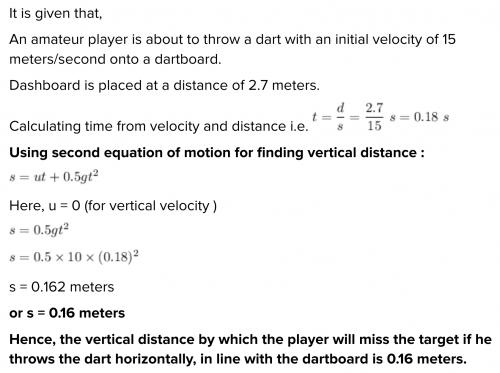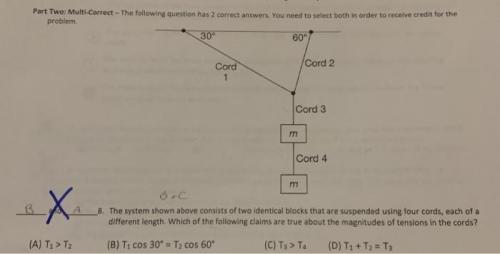Answer:
Answer given below.
Step-by-step explanation:
Based on the given information, assuming the owner of the 2019 Chevy Malibu cannot locate the manual, the vehicle requires an oil change every 5000 km or three months, whichever comes first.
To determine how many oil changes the owner will need in one year, we can estimate the number of kilometers driven in one year. If the vehicle currently has 40,040 km on it, and assuming the owner drives an average of 15,000 km per year, then they can expect to drive approximately 10,960 km in one year. Therefore, they will need to have at least two oil changes in a year, assuming they have the vehicle for the entire year.
The cost of an oil change can vary depending on the location and the type of oil used. On average, a basic oil change can cost around $50-$70. However, if synthetic oil is used, the cost may be higher, ranging from $80-$100 or more. It's also important to note that some mechanics or dealerships may offer additional services, such as tire rotations or fluid top-ups, which can add to the total cost.


Independent variable: the best method to get rid of them.
Dependent variable: washing with soap and water.
Hypothesis: Organic oils
Control group: water
Answer:
Option DStep-by-step explanation:
D.
Heat each cube to the same temperature, place each cube into different containers with 500 grams of water at the same temperature, and measure the temperature of the water.
Answer:
see below.Step-by-step explanation:
To solve this problem, we can use the conservation of energy and conservation of momentum principles.
Conservation of energy:
The total initial energy is the rest energy of the proton and neutron, which is given by:
Ei = (mp + mn)c^2
where mp and mn are the masses of the proton and neutron, respectively, and c is the speed of light.
The total final energy is the rest energy of the deuteron plus the energy of the gamma ray, which is given by:
Ef = (md)c^2 + Eg
where md is the mass of the deuteron and Eg is the energy of the gamma ray.
According to the conservation of energy principle, the initial energy and final energy must be equal, so we have:
Ei = Ef
(mp + mn)c^2 = (md)c^2 + Eg
Conservation of momentum:
The total initial momentum is zero because the proton and neutron are at rest. The total final momentum is the momentum of the deuteron and the momentum of the gamma ray. Since the gamma ray is massless, its momentum is given by:
pg = Eg/c
where pg is the momentum of the gamma ray.
According to the conservation of momentum principle, the total final momentum must be equal to zero, so we have:
0 = pd + pg
where pd is the momentum of the deuteron.
Solving for md and pd:
From the conservation of energy equation, we can solve for md:
md = (mp + mn - Eg/c^2)/c^2
Substituting this expression into the conservation of momentum equation, we get:
pd = -pg = -Eg/c
Substituting the given values, we have:
mp = 1.6726 × 10^-27 kg mn = 1.6749 × 10^-27 kg Eg = 2.2 × 10^6 eV = 3.52 × 10^-13 J
Using c = 2.998 × 10^8 m/s, we get:
md = (1.6726 × 10^-27 kg + 1.6749 × 10^-27 kg - 3.52 × 10^-13 J/(2.998 × 10^8 m/s)^2)/(2.998 × 10^8 m/s)^2 = 3.3435 × 10^-27 kg
pd = -Eg/c = -(3.52 × 10^-13 J)/(2.998 × 10^8 m/s) = -1.1723 × 10^-21 kg·m/s
Therefore, the mass of the deuteron is 3.3435 × 10^-27 kg, and its momentum is -1.1723 × 10^-21 kg·m/s.
 1
1  1
1 
It will provide an instant answer!
